Project Category
Competition
Project Type
Contextual, Extension
Number of People
1000
Project Location
Urban
Issues
Educational, Urban Insert, Urban Design, Conservation, Sustainability, Contextual, Modernity

Project Category
Competition
Project Type
Contextual, Extension
Number of People
1000
Project Location
Urban
Issues
Educational, Urban Insert, Urban Design, Conservation, Sustainability, Contextual, Modernity
BRIEF
The interpretation of the given program is realised as two main components in design.
One focuses on the wealth of knowledge and the other one on the learning of it.
The learning is looked at as a utopian phenomenon where people and hence community has to be activity involved. The scale of the program demands this as an important landmark and a monument for the city in particular and entire region in general.
The design focuses on aspects such as knowledge, learning and community for new age.
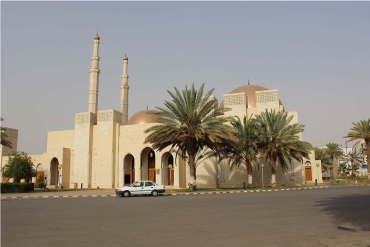
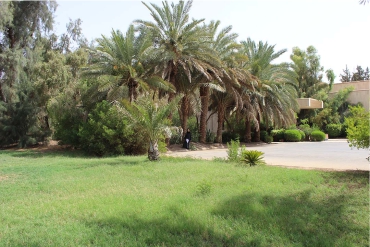
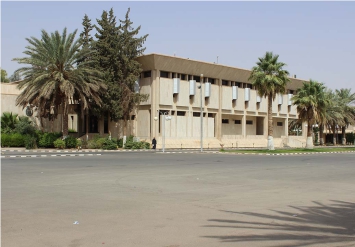
The site offers relatively green area in the otherwise barren landscape around; hence it holds great importance as green cover.
Along with the Palm, addition of some other species adds value. This notion of understanding is reflected in a manner in which the landscape is designed.
Saving existing trees has become prime factor of laying physical features.
CONCEPT & DESIGN
The concept of the design is inspired by the fields irrigated by the pivotal irrigation system seen in the region. Understanding of community is interpreted as shifting paradigms, fundamentally connected to roots but with a flavour of new age and time.

Conceptually library is a central pivot of the knowledge and nurtured with supporting programmatic features as “irrigating structure”. The learning aspects is conceptualised as new paradigms with shifting courts.
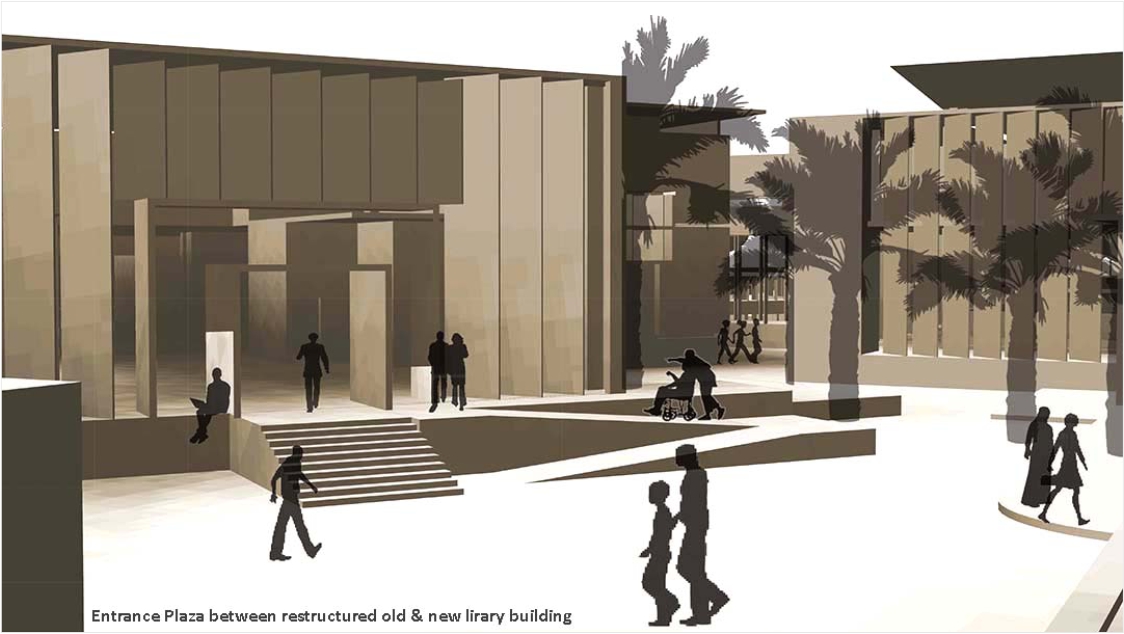
Respecting the ideas of sustainability and design concept, the stand we take in design is to insert new functions in landscape and re-structure the old library building.
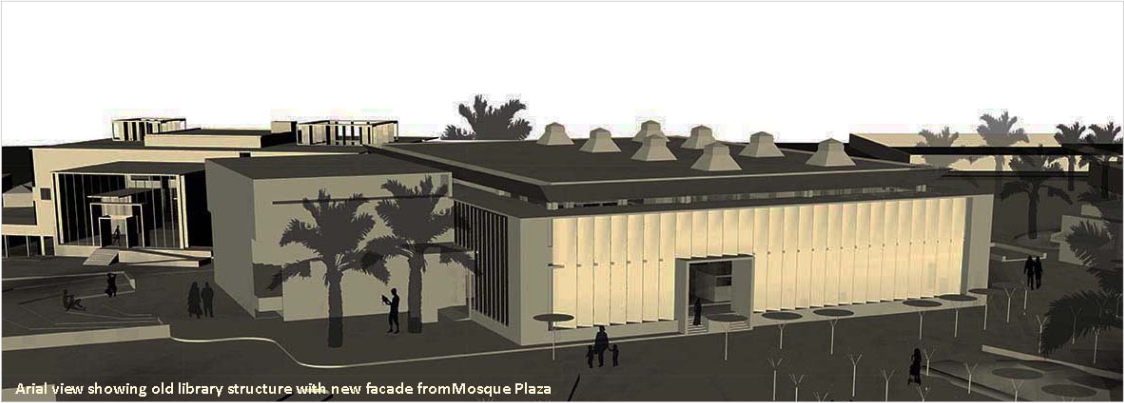
By creating a skin to receive light, the old building gets its new modern interpretation. The scale of the new building is strategically kept law to merge with scale of other important buildings and landscape of precinct and to not stand out.
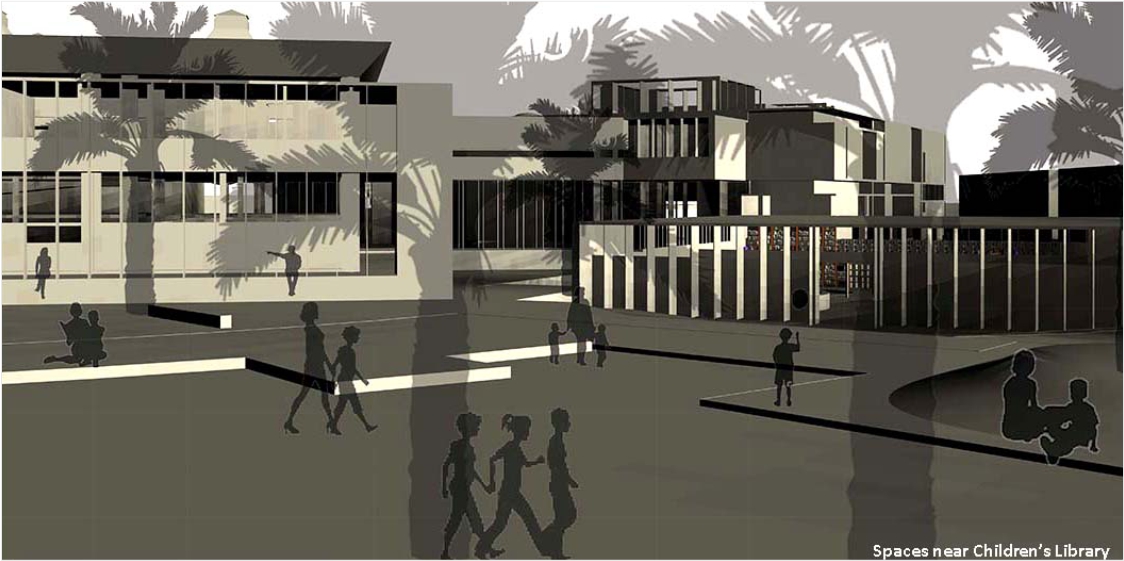

The new building sits modestly in the landscape with some functions made subterranean to maximise space diversity and connection to the landscape. This also has bearings on the use of passive cooling methods prevalent in the region.
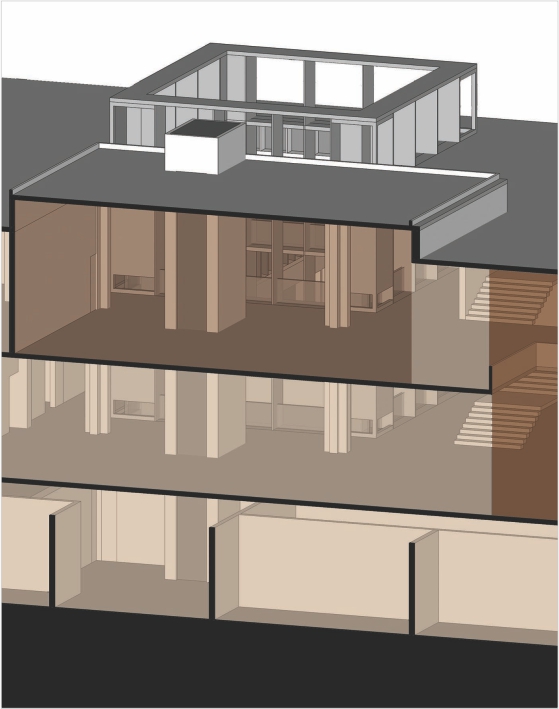

The old building has a central double volume as a space that connects all the functional activity,
whereas, in the new building, two shifting courts segregate different nature of activities hence functions.
The new and the old buildings are connected with a bridge at an elevated level.
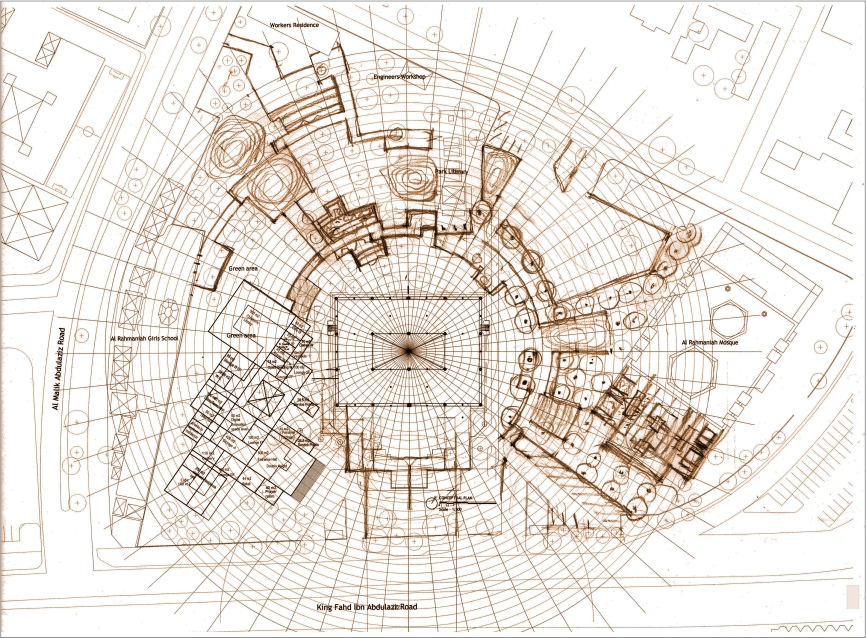
All the structures of the precinct are connected by circular landscape elements, keeping central pivotal irrigation system in mind. Existing trees contribute in creating pockets of spaces and the new artificial shading tree elements create structured pathways of connection, realising the formality of Mosque and its value.
Dimensional understating and modulating grid comes from not only the circular measure of the field but also from Palladian way of theorising the module.

It was important to create cohesiveness with the existing library structure and that is why the structural module of an old library building is followed.
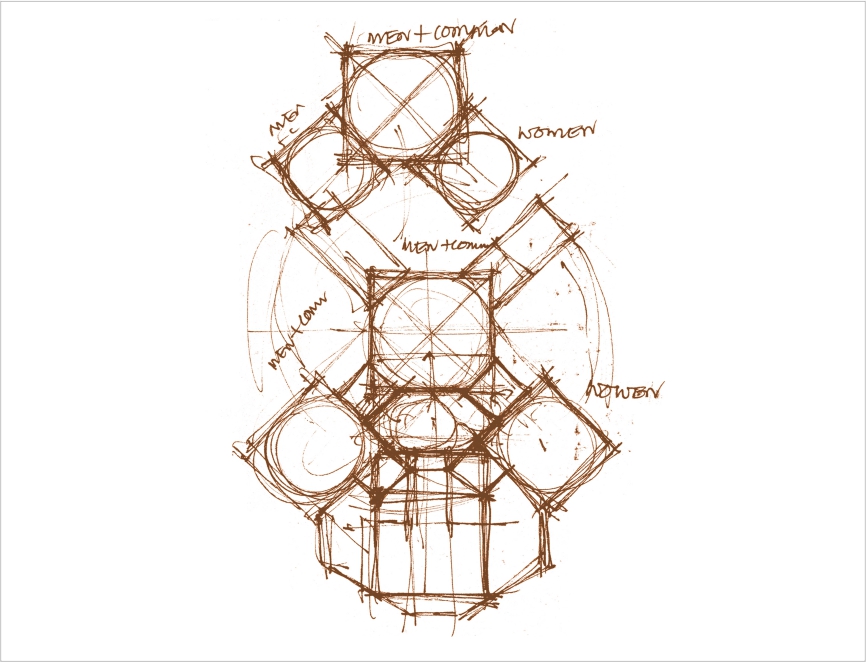
Divisions of this dimensions in various methods became a dimensional modulation to be followed everywhere, in buildings, landscape as well as elements.
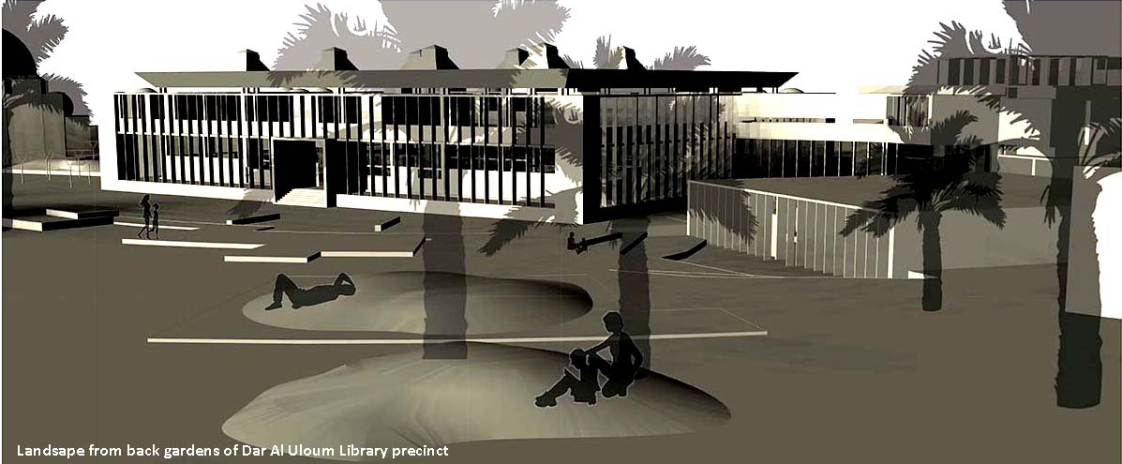
| Landscape Design Intervention | 4065 Sq m |
| Ground Floor Built-up -New Building | 1860 Sq m |
| Ground Floor Built-up -Reuse of Old Building | 3348 Sq m |
| Over ground Floor Built up-New Building | 3720 Sq m |
| Number of Car Parking | 88 Nos. |
| Overground Floor Built up- Reuse of Old Building | 6704 Sq BRIEF |
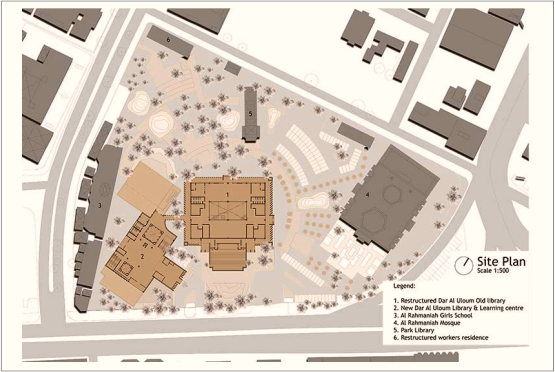





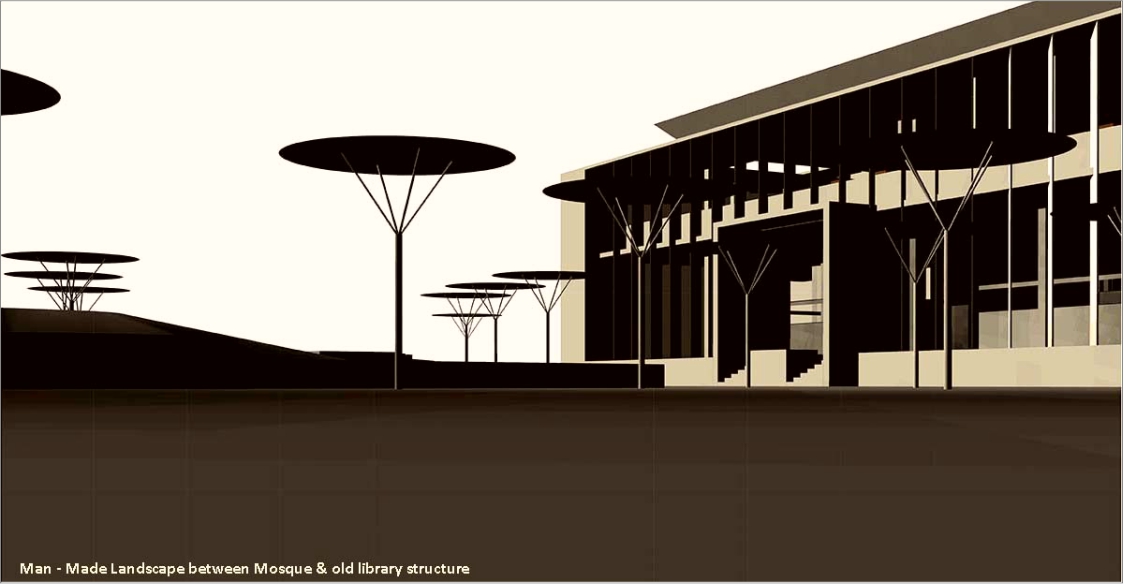
Project Details:
Design Hosted by: The Abdulrahman Al Sudairy Cultural Centre (AACC) is hosting an international open competition for the redevelopment of the existing Dar Al-Uloum Public Library and surrounding campus located in Sakaka, Al Jouf Region, Saudi Arabia.
Design Team: Parth Shah, Brinda Shah, Sharan G S,
Support Team: Vidhi A, Sagar P